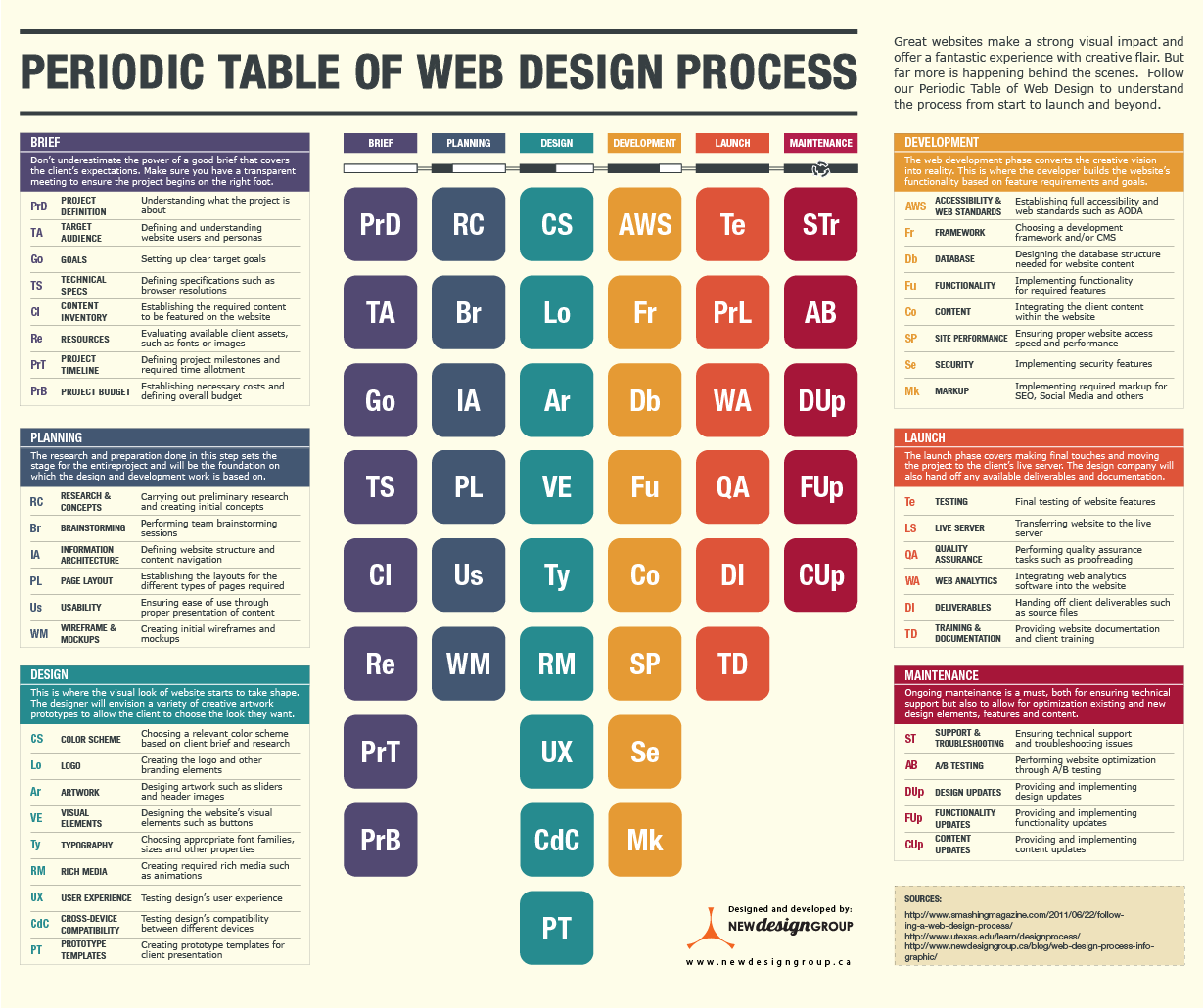via:http://arstechnica.com/science/2014/09/a-big-chunk-of-the-sierra-nevada-caught-fracturing-on-video/
Using the brand new Unity native 2D tools, you will learn how to make a small “Shoot’Em Up” (abbreviated to shmup thereafter) with this tutorial.
http://alistapart.com/blog/post/jeffrey-zeldman-documentary
http://vimeo.com/104641191
What Comes Next Is the Future is the definitive documentary about the web, as told by the people who build it each day.
Their challenges and successes will help us better understand this thing called the web, and what lies ahead. A project by Matt Griffin – founder of Bearded, a Net Awards 2014 Agency of the Year nominee – What Comes Next Is the Future is an effort to capture the titanic shift in the web landscape that mobile devices have initiated.
A small collection of styles for tabs:
With the launching of this API we have welcomed two new document property which does two different functions. The first one is document.visibilityState and second one is document.hidden.
document.visibilityState holds four different values which are as below:
- hidden: Page is not visible on any screen
- prerender: Page is loaded off-screen and not visible to user
- visible: Page is visible
- unloaded: Page is about to unload (user is navigating away from current page)
Full article on http://code.tutsplus.com/articles/html5-page-visibility-api–cms-22021
http://sebastien-gabriel.com/designers-guide-to-dpi/home
This guide is designed as a “get started” or introductory read for the starting to intermediate designer who wants to learn or get more knowledge about cross-DPI and cross-platform design from the very beginning.
No complex math and un-parsable graph, just straight forward explanations ordered in short sections for you to understand and apply directly to your design process.
Written by Sebastien Gabriel.
http://www.cs.tau.ac.il/~tromer/handsoff/
Overview
We demonstrated physical side-channel attacks on a popular software implementation of RSA and ElGamal, running on laptop computers. Our attacks use novel side channels and are based on the observation that the “ground” electric potential in many computers fluctuates in a computation-dependent way. An attacker can measure this signal by touching exposed metal on the computer’s chassis with a plain wire, or even with a bare hand. The signal can also be measured at the remote end of Ethernet, VGA or USB cables.
Through suitable cryptanalysis and signal processing, we have extracted 4096-bit RSA keys and 3072-bit ElGamal keys from laptops, via each of these channels, as well as via power analysis and electromagnetic probing. Despite the GHz-scale clock rate of the laptops and numerous noise sources, the full attacks require a few seconds of measurements using Medium Frequency signals (around 2 MHz), or one hour using Low Frequency signals (up to 40 kHz).
Truecrypt – Disk encryption tool recommended by Mr.Snowden? Gone
http://www.theinquirer.net/inquirer/news/2347200/truecrypt-encryption-is-no-longer-secure-due-to-windows-xp-end-of-life
http://arstechnica.com/security/2014/05/truecrypt-security-audit-presses-on-despite-developers-jumping-ship/
Lavabit – Secure email provider, recommended by Mr. Snowden? Gone
http://www.theinquirer.net/inquirer/news/2345905/ladar-levinson-reveals-why-he-closed-lavabit
Crooks get your credit card, here’s how.
http://krebsonsecurity.com/2014/06/peek-inside-a-professional-carding-shop/
Government CyberTroops of some countries and big companies unite to highjack a powerfull bot network
http://krebsonsecurity.com/2014/06/backstage-with-the-gameover-botnet-hijackers/
Another security related blog: https://www.schneier.com/
And the NSA story, follow the links : http://arstechnica.com/security/2013/09/nsa-attains-the-holy-grail-of-spying-decodes-vast-swaths-of-internet-traffic/

